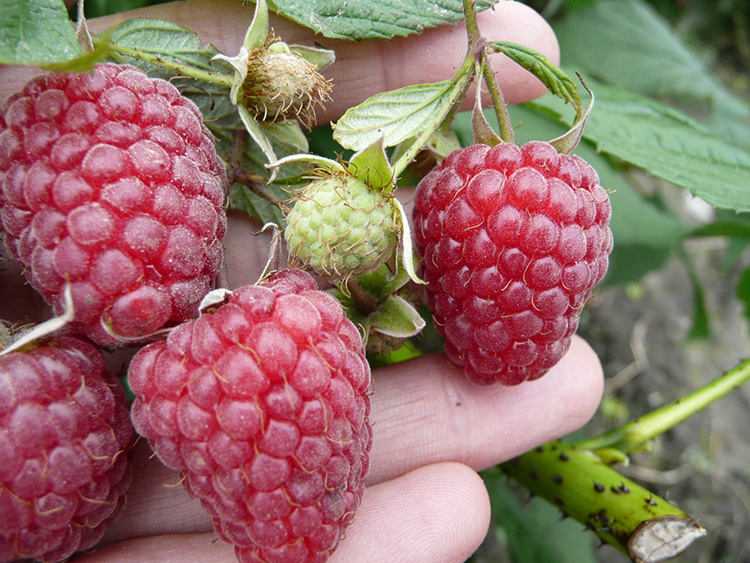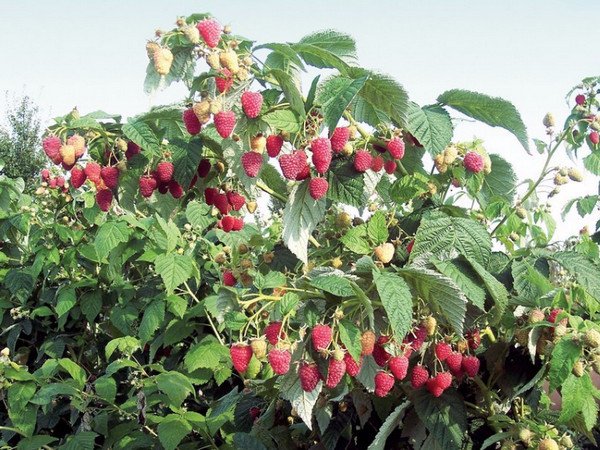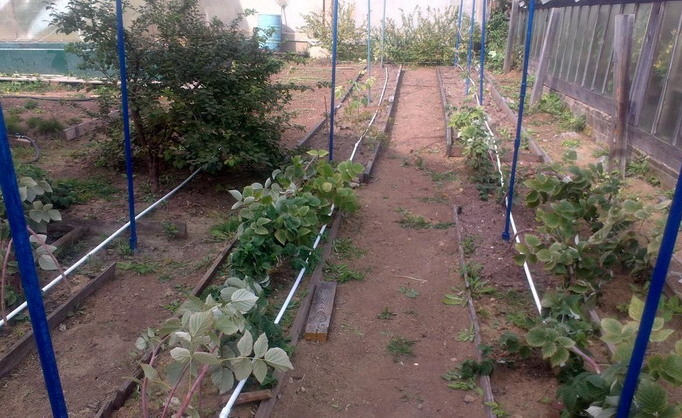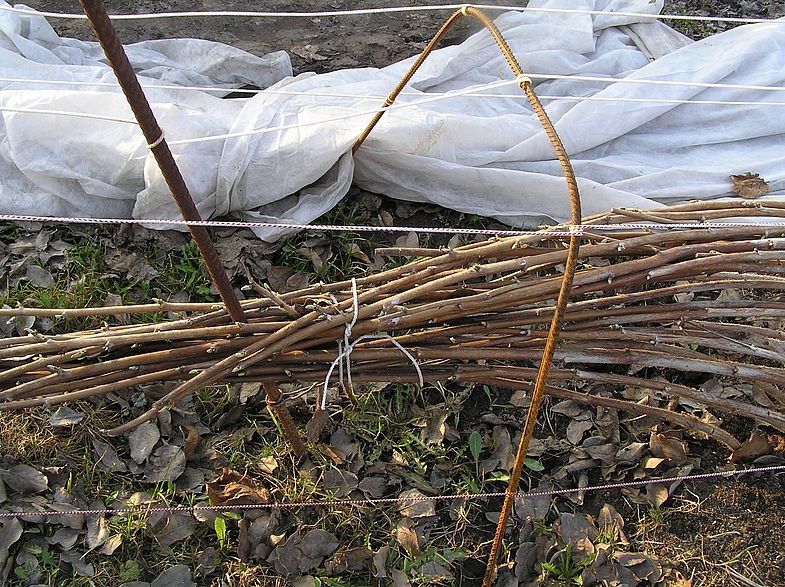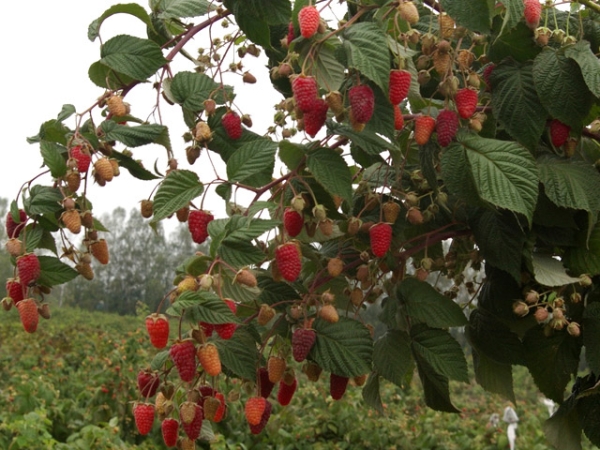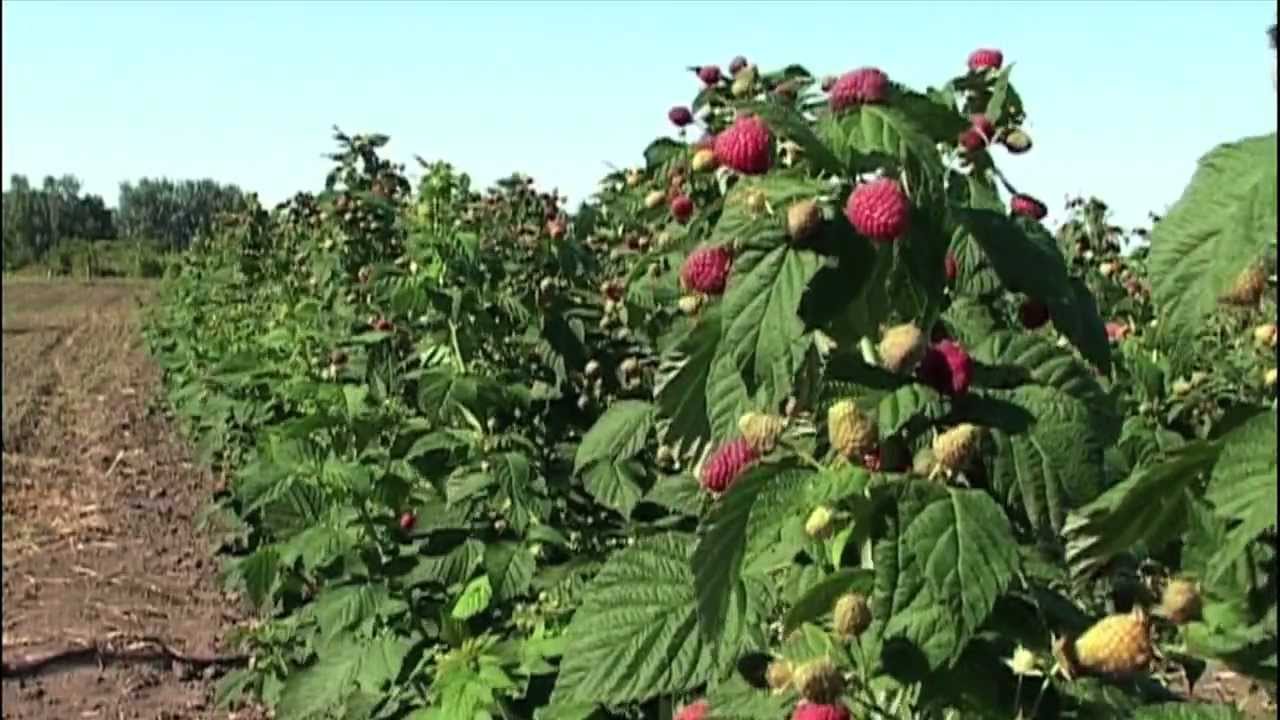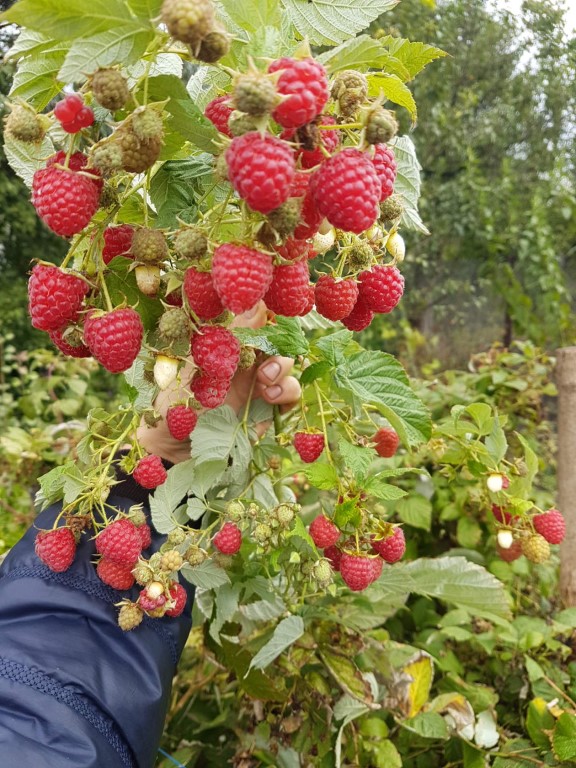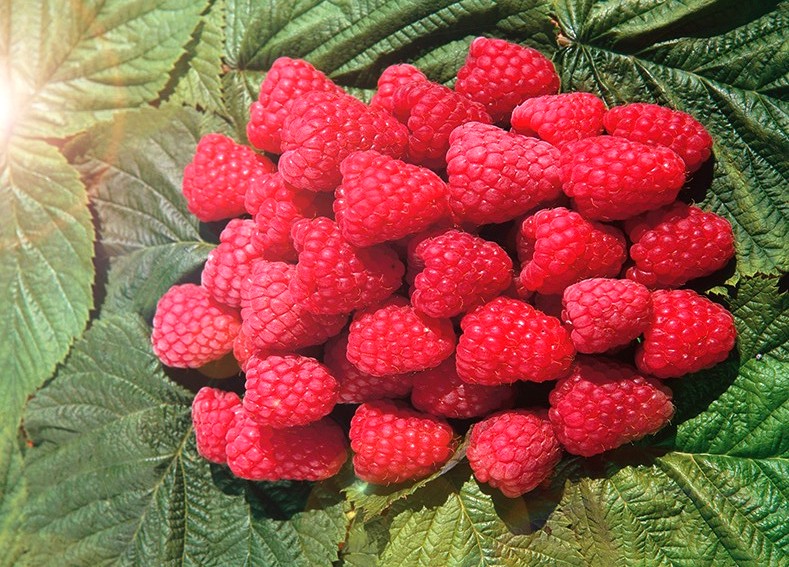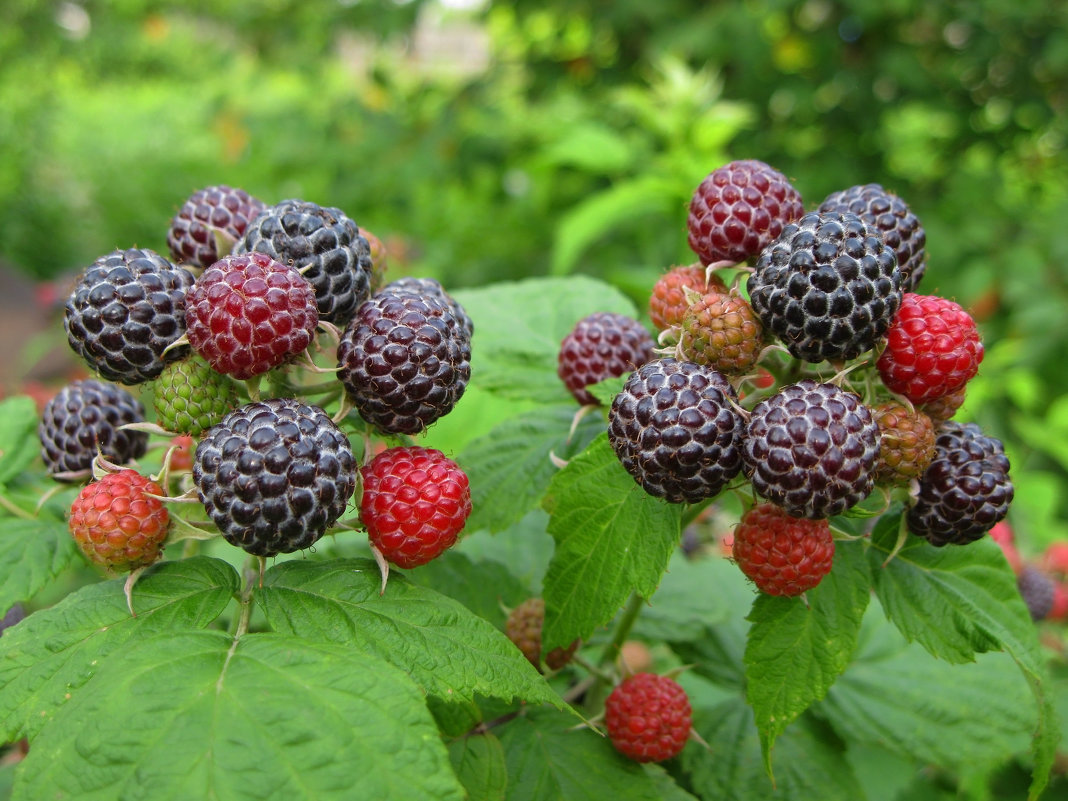Early ripe raspberry varieties are in high demand among gardeners. They need minimal care. At the same time, due to the early ripening of fruits, the yield of such types of raspberries almost always remains at a high level. Despite the fact that every year breeders offer more and more early-maturing raspberry varieties, time-tested varieties continue to be in demand. These include the Kirzhach raspberry. Any agricultural technician and gardener is familiar with its benefits.
The raspberry variety Kirzhach was entered in the register in the 90s. of the past century and for more than ten years passed experimental tests. The new variety was obtained by crossing two other varieties: Moling Promis and Carnival. From them raspberries Kirzhach, judging by the description of the variety, inherited only the best qualities and characteristics.
Description
When creating the variety, it was adapted for planting in the North-West and North-Caucasian regions of Russia, where weather conditions are characterized by unpredictability. As a result, planting Kirzhach is permissible in almost any climatic zone - almost everywhere this variety (like, for example, Cleopatra raspberry) feels quite comfortable. In more southern regions, fruit ripening begins by the end of July, in other regions - closer to mid-August.
The Kirzhach raspberry bush is powerful, erect, almost always has a lot of young growth that bears fruit. With proper care, a varietal bush forms at least 20 shoots per meter. The formation of the bush itself begins only three years after the beginning of cultivation.
Young shoots are usually dense and have a noticeable waxy coating. By the fall, they begin to blush. The older the plant becomes, and the more sunlight it receives, the more saturated color the trunk and leaves become.
Kirzhach raspberries have the following characteristics:
- blunt cone shape;
- rich crimson color;
- glossy bloom, thanks to which the fruits can shine in sunlight;
- the stalks are easily separated when picking berries;
- sweet and sour pulp.
The size of the fruit is not too large - no more than 3 grams. But the overall yield of the variety is quite high - about 3 kg from one bush or about 100 centners of berries per hectare.
The main advantages of Kirzhach raspberries are good transportability and versatility.
Many people prefer to plant Kirzhach raspberries on their site because it not only gives a good harvest, but is also resistant to all sorts of pests and diseases. The plant shows especially high resistance to anthracnose. This is a serious fungal disease that affects stems, leaves and berries.
As for the root system of raspberries, it is susceptible to root cancer. We are talking about growths that resemble tumors that grow in the shortest possible time and destroy plants. Another disease that Kirzhach is susceptible to is curliness (in other words, overgrowth). This disease cannot be treated. Infected parts of the bush should be removed immediately, without waiting for the spread of the harmful bacteria.
Another feature of the variety is its low soil requirements. Raspberry bushes grow well on almost any soil. But this does not mean that the timely application of mineral and organic fertilizers should be neglected. Regular use of top dressing has a positive effect on the yield.
Care
The successful cultivation of Kirzhach raspberries is impossible without proper care.
Landing
Planting varieties Kirzhach should be done in corners that are well lit by the sun. In this case, it should be planted in places that are well protected from drafts by other plantings, buildings or, for example, a fence. In addition, when choosing a place for planting, it is necessary to take into account the fact that we are talking about a fairly tall variety. Raspberry bushes grow up to two and a half meters.
It is not necessary to place the raspberry tree close to water bodies or in places of surface occurrence of groundwater. Excess moisture will inevitably lead to rotting of the roots and damage to raspberries by pests.
Top dressing
Top dressing is one of the most important care measures for the described berry variety. It is required to add fertilizers several times per season:
- In the spring, while loosening the soil, cow dung is applied directly under the bushes at the rate of 7-8 kg per square meter of plantings;
- At the very beginning of growth, raspberries are fed with urea. 20 grams of fertilizer per 10 liters of water will be enough;
- When two leaves appear on the seedling, Fufanon and Ridomil are used, diluted in water in accordance with the instructions on the package;
- When flowering, Kirzhak raspberry bushes are treated with a solution of boric acid;
- During the period of fruit formation, it is allowed to feed with nitrophos;
- At the end of fruiting, the raspberries are re-fed with Fufanon;
- During the autumn digging of the earth, it is useful to add granular potassium chloride and superphosphate to the soil.
Digging the soil should be done to a depth of no more than 10 centimeters.
Watering
Watering the berries is essential in order for the root system to successfully develop deep into the soil. If there is not enough moisture for the plants, it will begin to sprout numerous shoots and extra leaves. This will negatively affect the quality characteristics of the crop.
Water should penetrate into the soil to a depth of about 30 cm. Two buckets of water are required per meter of planting. After the procedure, the soil is usually loosened to provide oxygen to the roots.
Pruning
Raspberry pruning must be done in a timely manner. Kirzhach's best time for pruning is early spring, when the snow has just melted. Excess, dried, broken, old branches affected by diseases or pests are subject to removal.
It is recommended to prune directly at the root without leaving any stumps. The latter, under certain circumstances, can become a breeding ground for infections.
It is important to remove diseased shoots in time before fresh branches appear. Do not let the raspberry grow too much. If this happens, it is necessary to prune some of the healthy branches. In this case, the remaining shoots will develop normally and bear fruit better.
Preparing for winter
If raspberries grow in mild climates, it is not necessary to cover them during the cold period. And in cold regions, the shelter of shrubs should be done without delay, immediately after the autumn pruning. At the same time, the branches must be tied in bundles, wrapped with a covering material (for example, plastic wrap), and the free space between them must be filled with straw. It will not be superfluous to bend the shoots to the ground and additionally cover them with dry foliage or spruce branches.
Kirzhach is a classic raspberry variety that is optimally suited for cultivation in summer cottages. He does not give much trouble in the care process. Probably, it is for these reasons that the demand for this type of berry does not decrease over a long period of time.
VIDEO
